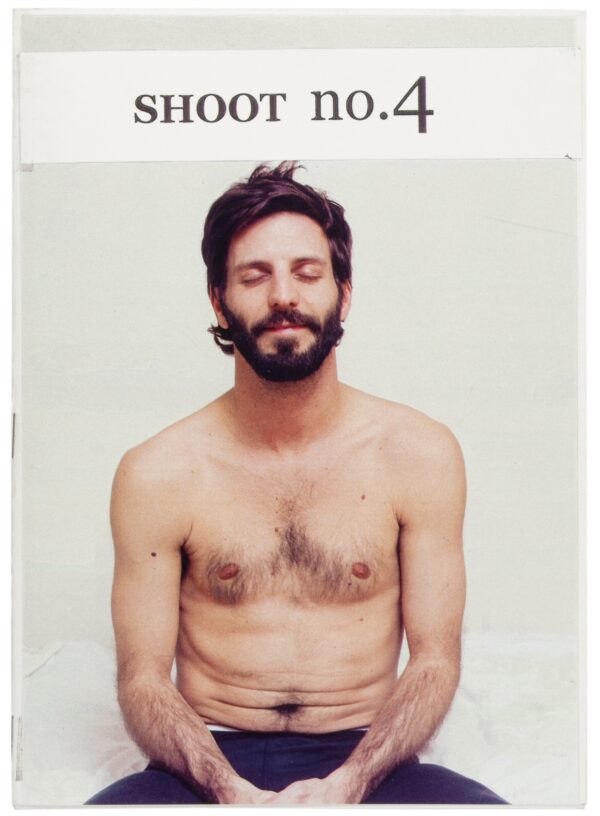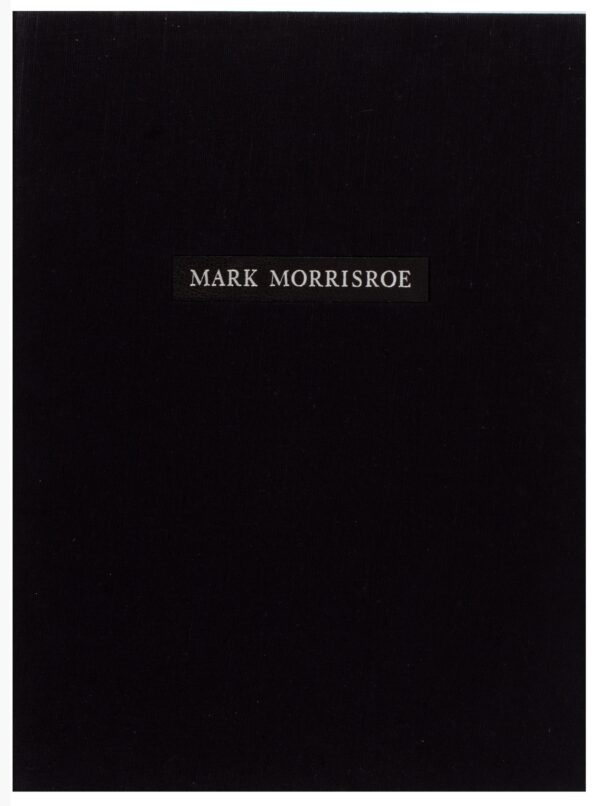
Melvin Edwards: Sculpture (Poster for First Solo Exhibition)
EDWARDS, Melvin Exhibition poster (16 x 11 inches) from Melvin Edwards' first solo show, at the Santa Barbara Museum of Art (Mar. 30-May 2, 1965), where he exhibited sculptural works from his Lynch Fragments series. Illustrated after a striking photograph of Edwards with welding glasses. Slight bump to upper corner and faint foldlines, with postage markings to verso; near fine. Archivally-hinged in black lacquer frame (19 x 13 in.).- $1,500
- $1,500

Shoot: No. 4 (with Signed Photo)
SEPUYA, Paul Mpagi Limited Edition. Octavo. Hand-numbered as copy 124/150. The fourth installment of Paul Sepuya's occasional zine, featuring a photoshoot with a topless model named Dean. Interior with 8 black-and-white images and short erotic poem, with covers featuring two additional images in color. (Copy Machine Manifestos, 354-355). Issued with C-print photograph, also numbered 124/150 to verso and SIGNED by Sepuya; dated 2006. Also laid-in, a folded black-and-white offset print, reproducing a doodled-over photo of the model. A fine copy in stapled photo-illustrated wrappers.- $1,200
- $1,200

Mark Morrisroe (Portfolio)
MORRISROE, Mark and Nan Goldin First Edition. Folio. A posthumous portfolio of 12 photogravure plates derived from the intimate photographs of Mark Morrisroe (1959-1989); produced by Pat Hearn Gallery (New York), where Morrisroe received his first solo exhibition in 1986. Each of the plates (4.5 x 3.5 in.) printed to handmade sheets (15 x 11.5 in.) and hand-numbered as 11/46 to verso by the Morrisroe Estate. The suite introduced by a statement from Nan Goldin, celebrating her old friend and colleague as "Boston's first punk." The photographs, dating between 1978 and 1986, include two nude self-portraits, portraits of lovers and friends, and a few still lifes. Housed in publisher's cloth clamshell case with leather lettering piece to front panel. A fine copy, including original tissue guards. Scarce, with no OCLC records located. An elegant memorial.- $9,500
- $9,500